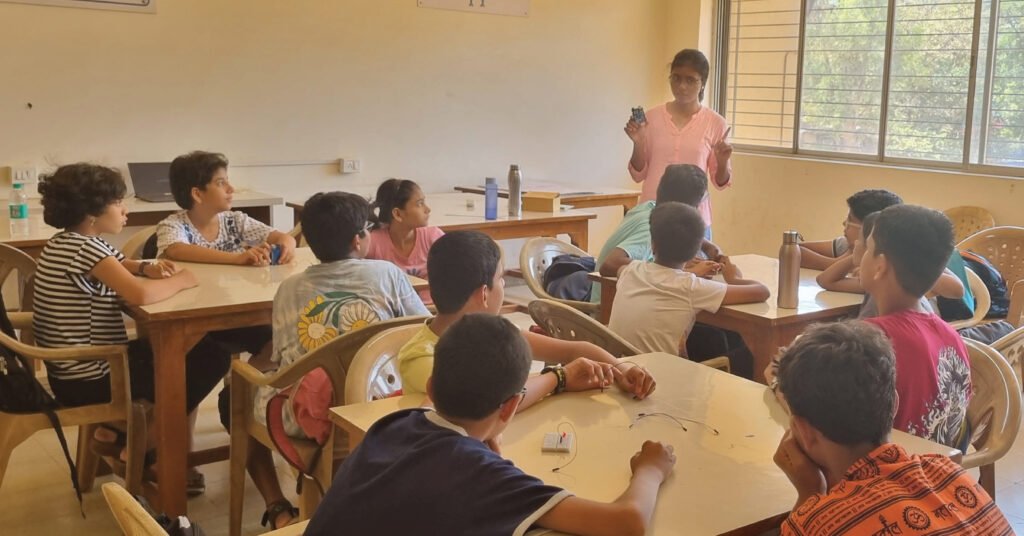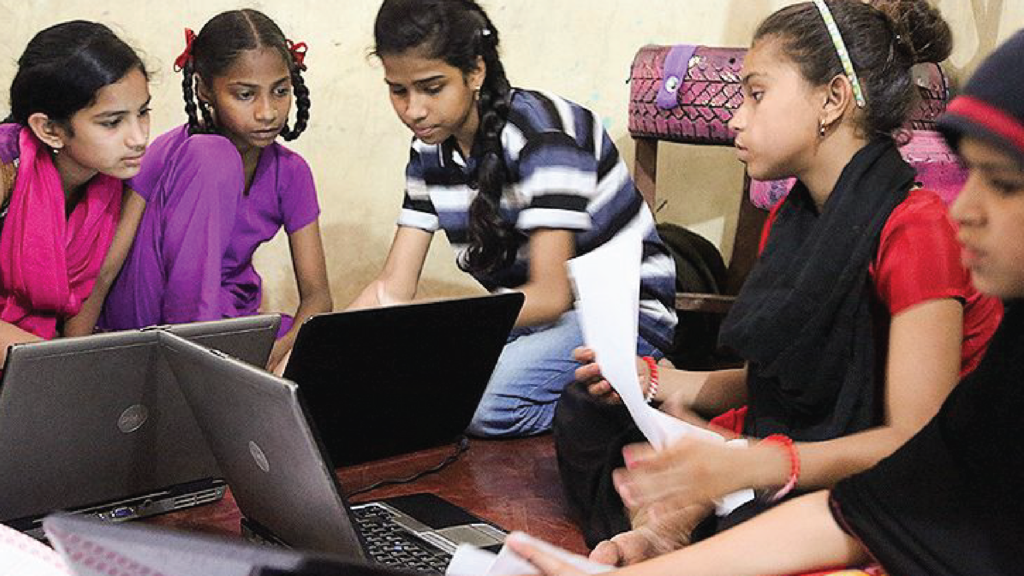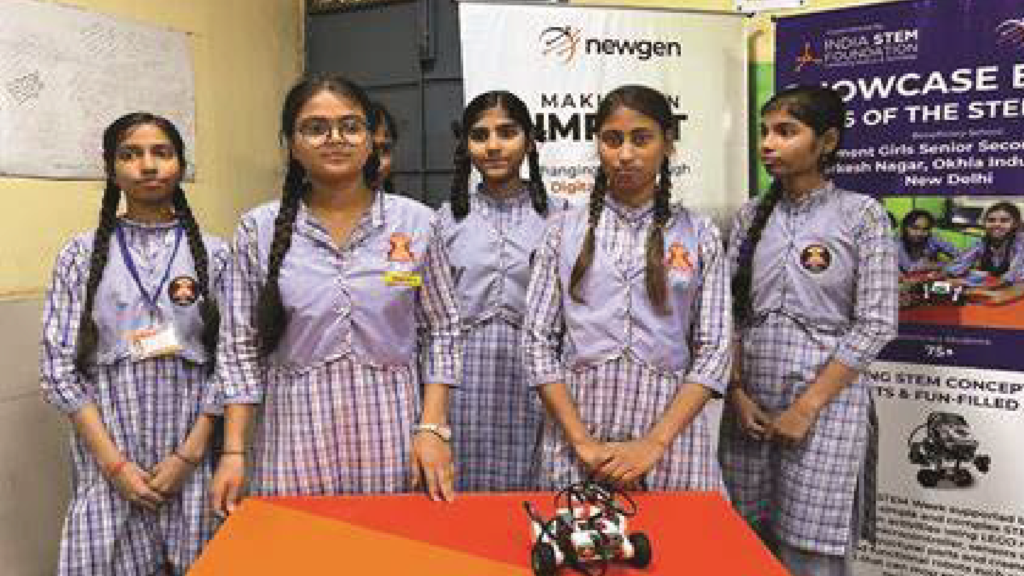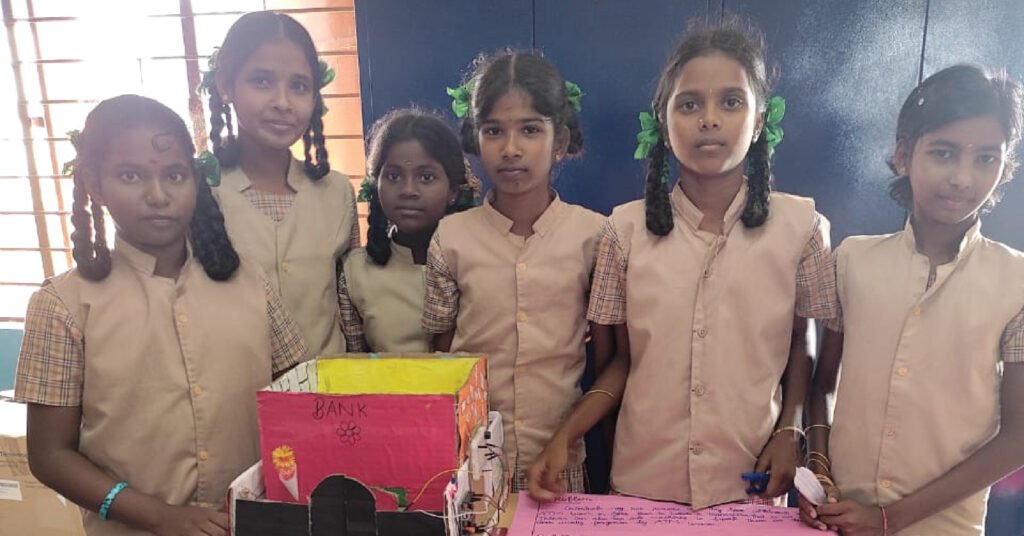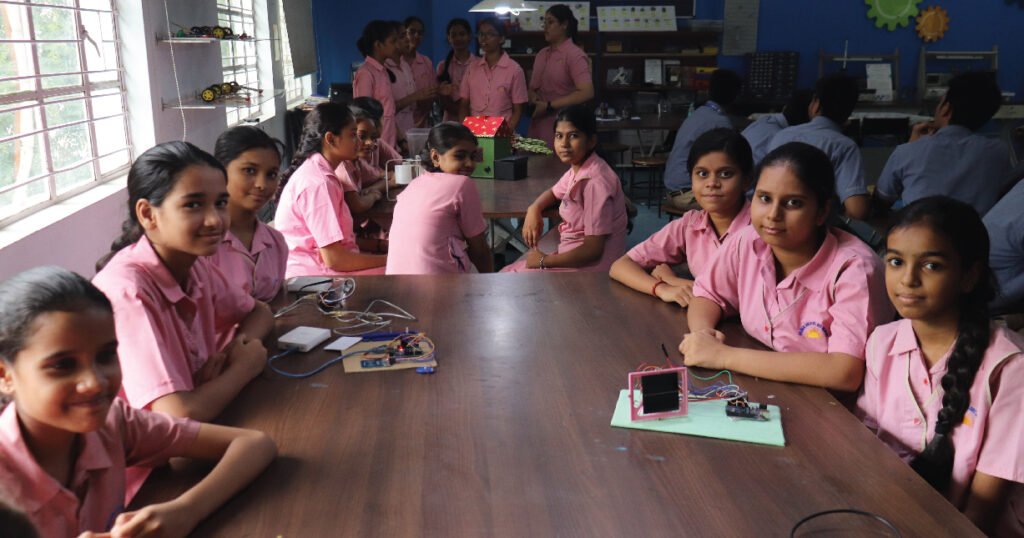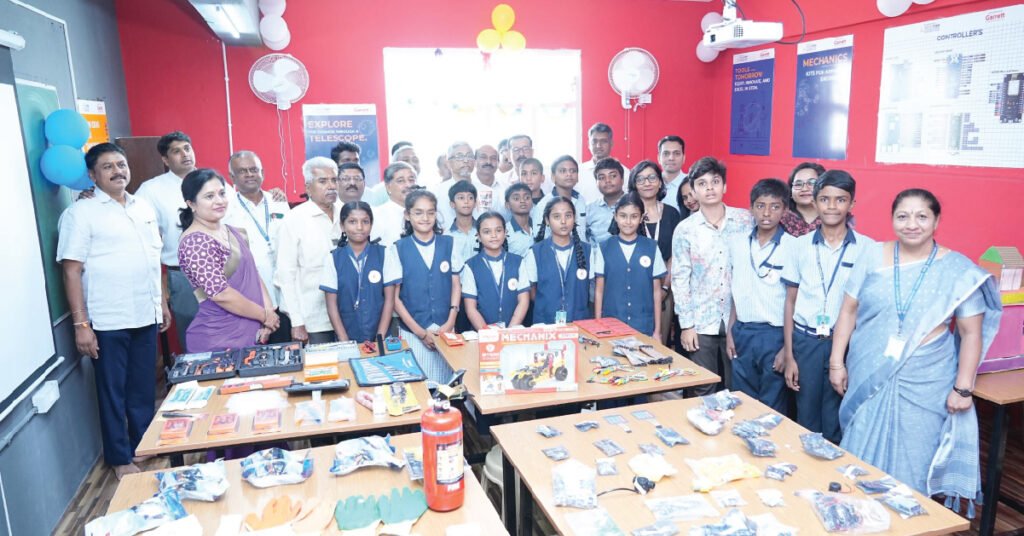The goal of STEM learning is to foster critical thinking, problem-solving skills, and creativity in students by combining subjects such as science, Technology, engineering, and mathematics. It places a strong emphasis on experiential learning via real-world projects and experiments, fostering curiosity and discovery in young children. Through the integration of theoretical knowledge with practical applications,[…]
Encouraging Indian girls to pursue STEM jobs is essential in overcoming gender gaps in the disciplines of science, technology, engineering, and mathematics. Despite progress, cultural prejudices, a dearth of role models, and restricted access to resources are the key reasons why women are still under-represented in STEM fields. To close this gender gap and unleash[…]
The pressing demand for a highly qualified workforce in fields essential to technological advancement and innovation is addressed by STEM education. Pupils who have studied STEM fields are better able to manage challenging situations, keep up with emerging technologies, and contribute to society.With the speed at which technology is developing, STEM education is becoming more[…]
STEM education (science, technology, engineering, and mathematics) has become a vital engine of innovation and economic growth in an era characterized by fast technological breakthroughs and worldwide rivalry. India needs a workforce that is more prepared for the future than ever because it wants to take advantage of its demographic dividend and compete globally. STEM[…]
In a remarkable initiative aimed at bridging the gap between academic knowledge and real-world applications, Athenahealth recently hosted a Volunteer Engagement Program in Chennai. The event, held at the Athenahealth office in Perungudi, Chennai, welcomed eight enthusiastic students from Government Higher Senior Secondary School, offering them a platform to showcase their innovative projects and explore[…]
Science, Technology, Engineering, and Mathematics (STEM) education is essential for both individual and social advancement. It develops the critical thinking, creativity, and problem-solving abilities that are vital in today’s workforce. STEM education stimulates economic growth by training students for a variety of employment options and prepares the next generation of leaders to address global issues[…]
Teenagers in India need extracurricular activities to develop a love for STEM. By providing practical experiences that enhance conventional classroom instruction, these programs provide students the chance to investigate science, technology, engineering, and math in interesting ways. Students learn how to think critically, be creative, and work as a team by taking part in scientific[…]
Introduction Women have long been the unsung architects of scientific progress, their contributions often eclipsed by deeply entrenched biases and systemic impediments. In India, while an increasing number of women are venturing into STEM education, the transition from academic prowess to enduring professional ascendance remains fraught with challenges. Societal dogmas, gendered expectations, and institutionalized disparities[…]
Science, technology, engineering, and math (STEM) education is essential for promoting innovation and worldwide economic growth. The need for qualified workers in STEM professions is growing as companies change and technology develops. In India, putting a strong focus on STEM education is essential to producing a labor force that can adapt quickly to changing employment[…]
Automation has become a disruptive force that is changing industries and transforming how we operate in today’s fast-changing environment. Automation lowers operating costs and increases output accuracy and consistency by optimizing workflows and increasing productivity. Taking over tedious or hazardous jobs enables firms to swiftly grow in response to market needs while guaranteeing a safer[…]

